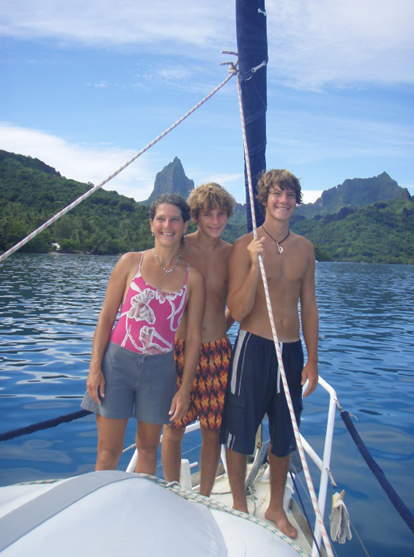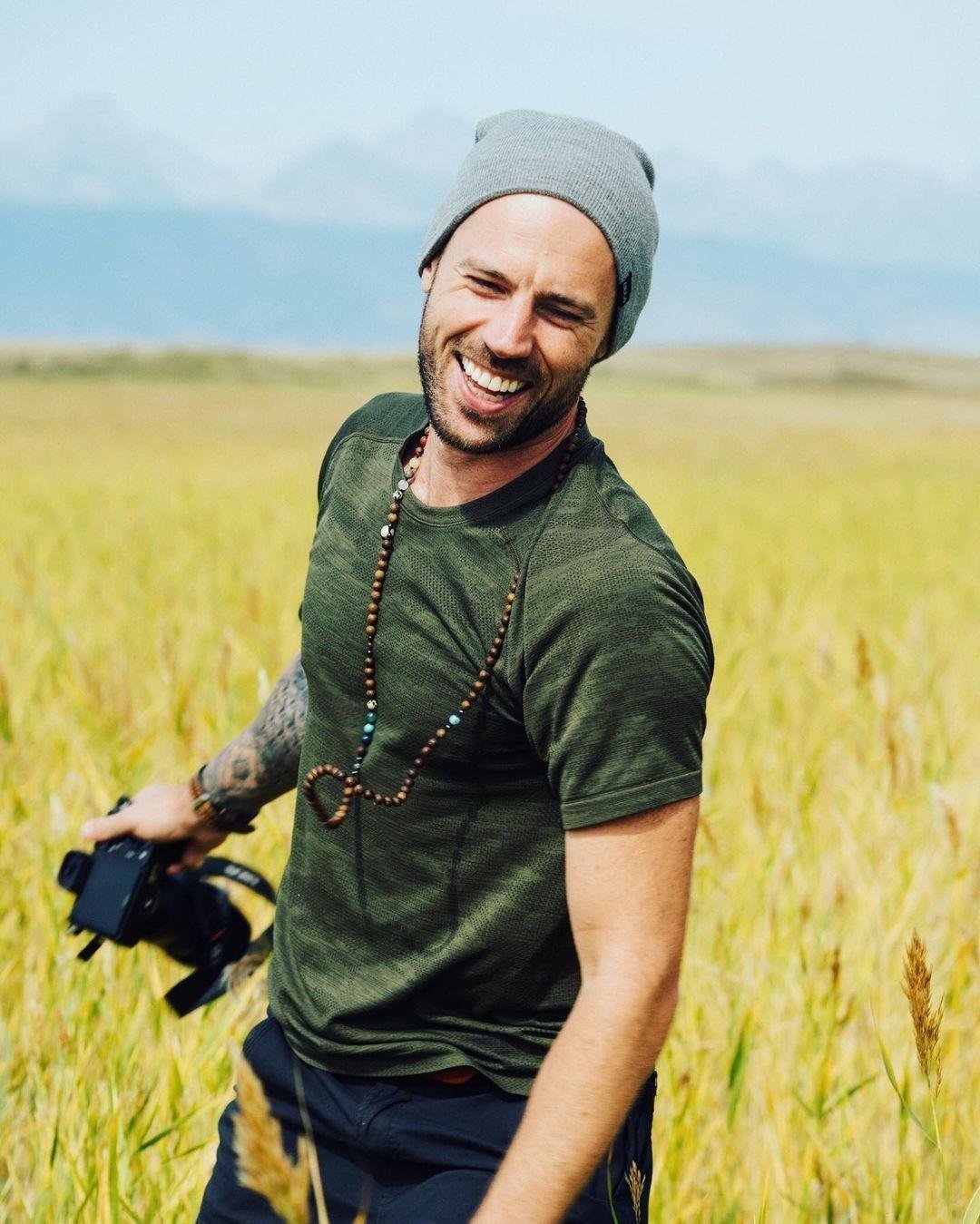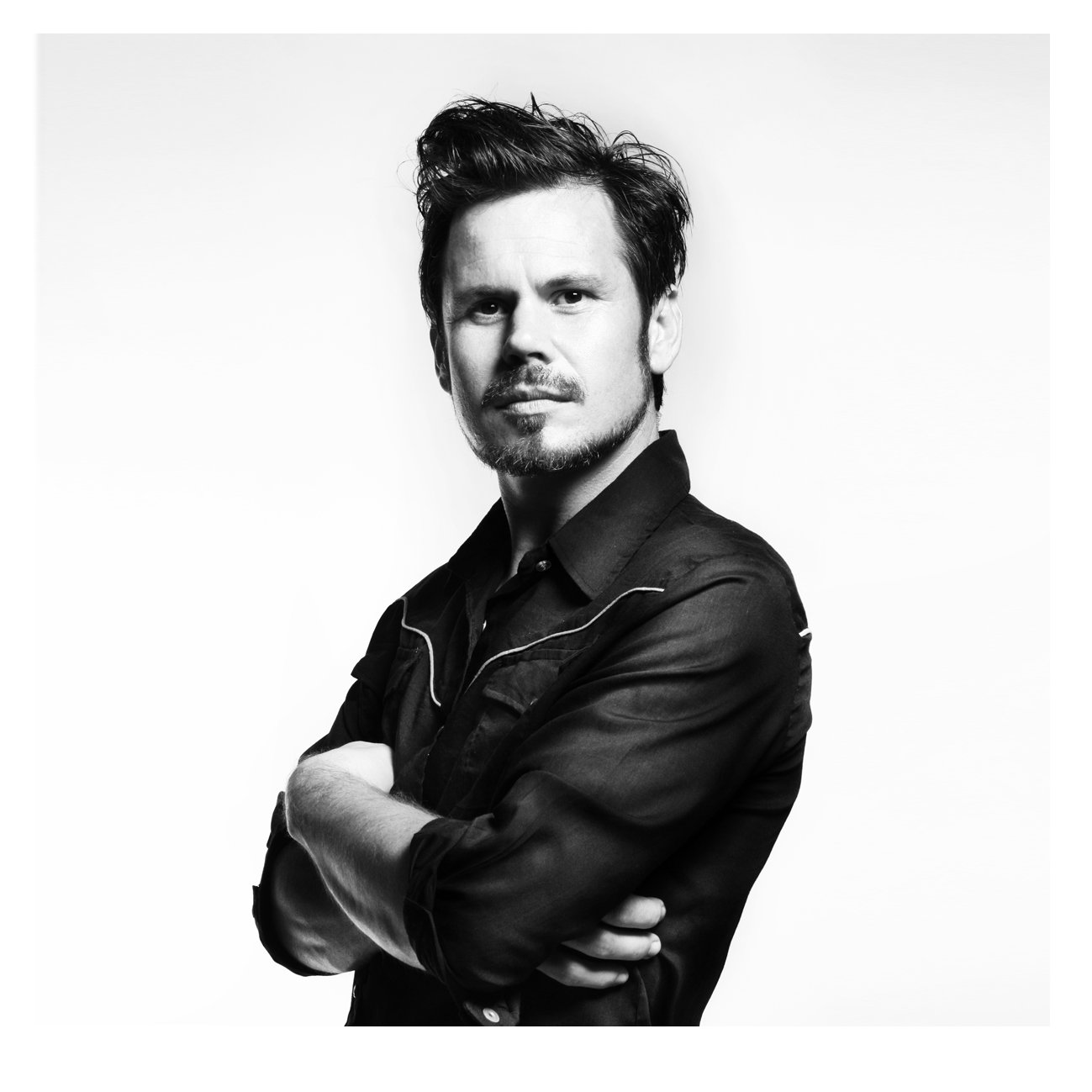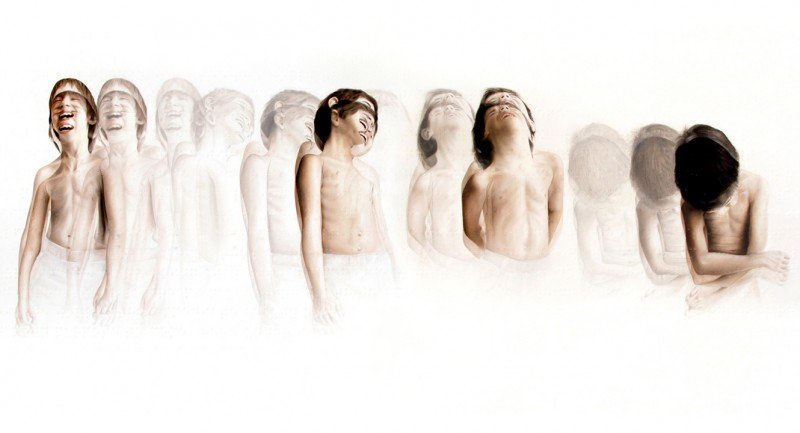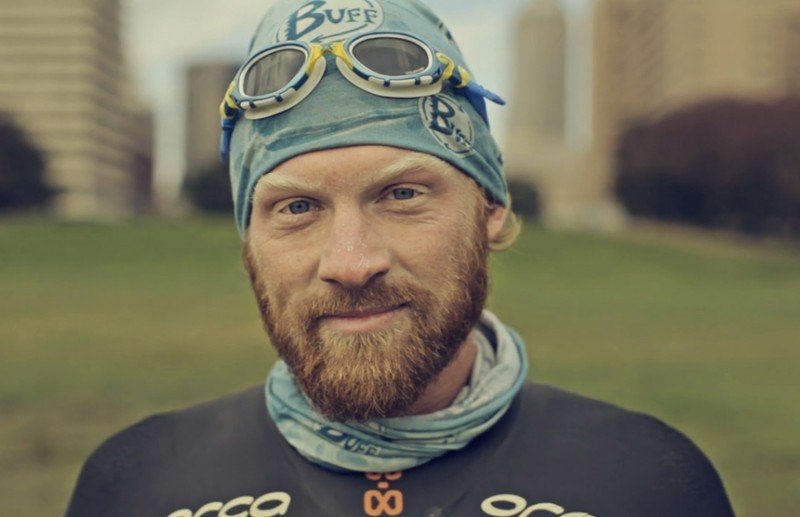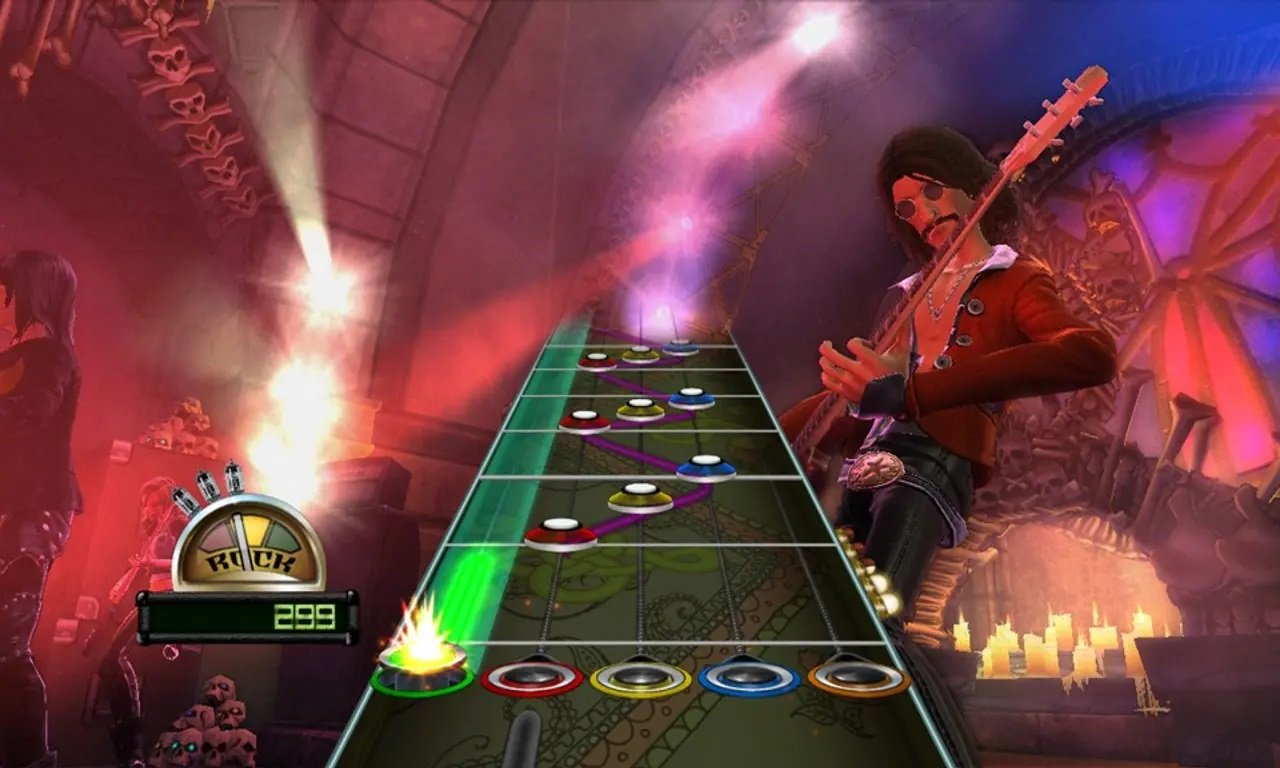U.S.A –
Like any sophomore student, Tania Aebi was all ready for high school and plan for college. However, her father had different plans for her and they set sail for a year and sailed 27,000 miles across the Atlantic Ocean. After this expedition, as Tania turned 18, she cast off in her 26 foot boat Varuna with none but a cat as her companion. Several voyages and 22 years hence, she completed another year long sail with her two sons. She speaks to Emaho about her love for sailing, family and writing.
Emaho : Your journey began in 1985. As the story goes your father offered you the choice between a college education and a boat to sail around the world in. Tell us about how you made this choice. Why sailing and not some other form of travel?
When I was sixteen, just before finishing up with an alternative high school a year early, my father bought a boat in the UK to sail back across the Atlantic to New York. I went with him, and over the course of a year, we sailed from the UK to Spain, Portugal, Morocco, the Canary Islands, the Caribbean, and a whole slew of islands there, and back up to Bermuda, then New York City. This was my first major travel experience, and I fell in love with sailing as a mode of travel, the whole way of life, the people who were living it, everything.
Deciding to do this didn’t feel like it was the result of a choice as much as it was the path of least resistance, following some predestined plan. My father came up with the idea, presented it to me, and I had nothing better. This seemed as good as it gets.

Emaho : Looking back, do you think you were trying to escape from something? What was your motivation? What kind of reaction did your decision garner from your friends and the rest of your family?
It was more like I was running toward something, toward my future, toward the dream of living a huge adventure, toward what I could only find and learn by going out there, living life in a bold and dramatic way with a definite goal… always with the intention to come back, to be among family and friends once again. My siblings and friends all had their own stories, and mine was just another among many, though none of theirs involved the sea, and so nobody had any context in which to place me, until I was out there, writing letters home. When I got back, they were happy and thought the whole thing was cool. Just cool. Then, everyone got back to the business of living out their own lives, always moving forward.
Emaho : Your story is often told as a solo journey, as the youngest person to sail around the world on their own. What did you learn about yourself and where you had came from?
I learned I was nothing but a speck of nothingness as well as the master of my own little universe. I learned I was stubborn about finishing what I started, and not a quitter. I learned about how much can be accomplished with so little, given the determination and will to succeed. And this last lesson is one I’ve repeated so many times over the years to others facing a challenge, and have used to remind myself of how to keep going. You make a decision, you take that first step into the unknown, and the laws of inertia take over. A mass in motion will stay in motion, and as long as you put yourself and your determination out there, whatever the challenge, you will never know how much the universe will conspire to help keep the motion going.
Emaho : However, you were not totally alone. Tell us about your cat Tarzoon.
Tarzoon was the kitten I picked up in Vanuatu, after the cat I brought from NYC died from a kidney disease. I had another cat at the time, Mimine, but she eventually jumped ship in Egypt. Tarzoon was my best little buddy, finished the trip with me and continued on by my side for 21 years. I have a nurturing nature, which is wasted when you’re alone. I was able to lavish all that attention on him, a co-dependency from which we both benefited.

Emaho : Your adolescence was unique: Eighteen years old, circumnavigating the globe in a 26-ft sloop. How did you feel about taking your own sons out of school for year to sail around the world? Tell us about how it felt to re-live your original experience with your teenage children.
It was the last year I could do such a thing with the boys before they got swept up by the rest of life. And Tarzoon had died several weeks before I set sail with the boys. Nicholas spent his junior year at sea, Sam the eighth grade. I bought a boat in Saint Maarten, brought it down to Curacao, and from there, sailed with them through the Panama Canal and across the Pacific to French Polynesia. Their father took over at this point and sailed with them for the second half of the school year across the rest of the Pacific to New Caledonia.
We did not sail around the world, just across the Pacific, during which the boys were home-schooled and introduced to the way of life that had brought their parents together many years earlier. I really wanted for them to experience living in a small, high performance space, setting goals across oceans, and reaching them, to learn about our weight in terms of energy, food and water consumption, and consequently, our waste.
My favorite long distance passage ever was the crossing I did by myself from the Galapagos to the Marquesas when I was 18 going on 19 and had my birthday out there. So the 3000 mile passage was what I most wanted to do with my kids. Instead, we skipped the Galapagos and did 4000 miles non-stop and had a wonderful time. 32 days at sea, living, eating, sleeping, talking, and ticking off the miles together, something none of us will ever forget.
Emaho : Do you feel that sailing is something more people should attempt as means of gaining a better education, a better understanding of the world?
Sailing had played a big role in our family, and so we fell into this plan organically. I think having an adventure together as a family is a terrific experience on many levels. This may not necessarily be the way to go for other families, whether hiking, canoeing, road trip, biking, camping… anything that takes you away from the madding crowd and out of your comfort zone, something that teaches us about our capacity to adapt and thrive, as individuals and as a group.

Emaho : You have said that you favorite place your travelled to out of the 23 countries you visited were the French Polynesia islands. What kind of experience did you have there? Did you stop off anywhere that you didn’t like?
I spent nearly five months in French Polynesia, dealing with grief over my mother’s death from cancer, outwaiting hurricane season, making repairs to the boat and lots of friends, who played a big part in making this as a favorite—time and friends, in addition to a wonderful blend of Polynesian and French culture with a stunning tropical backdrop. The exotic beauty, my youth, it was all good.
Emaho : What were main challenges you faced whilst navigating the seas by yourself? Were they more technical or psychological?
There were some technical difficulties, but Varuna was a very simple boat and aside from engine problems, I was able to figure out most things, albeit with plenty of trial and error. The harder part was being alone and committed to such a huge goal. It was overwhelming at times. But, the worst was making friends and having to say goodbye, head out to sea, into the unknown, realizing our paths might never cross again. That never got easier. I still don’t like goodbyes.
Emaho : One of the only other few people to have any real understanding of your journey would be Karen Thorndike who completed a similar expedition in 1998. When the two of you met did you have a chance to compare your experiences?
Karen and I talked about our solo sailing, but probably not too much. We moved on quickly to talk about other things, like dream boats, new places to visit, people’s reactions to what we’d done, life post-trip, because we could already imagine the details of each other’s sea stories.

Emaho : Going through old archives is very illuminating to your journey and what a different time it was to be travelling alone back then, as a female also. You were quoted as saying “I’ve learned the world’s a nice place”. Can you elaborate on what you meant by that?
This is true now more than ever with the surge of social media and communication technology. We read the news, hear so many stories about bad people doing bad things and these devices insulate us from human contact, provide guidance in information we used to solicit from others, and so, we never get to know how much we need each other, how much people like to be asked for help, who want to help and be kind and good. I learned that out there, traveling alone as a female. Everyone always reached out to help, or protect, or listen to my stories and tell me their own. That is another thing about us humans. We love to share our stories, and by bringing mine to people, I got so many back, a true gift for a lover of stories.
It was also the pre-GPS era, when navigation for most sailors was done with a sextant and a timepiece, a connection with nature and the universe, and a sweet feeling of suspense that gets rewarded, that just isn’t possible when watching a digital readout and pressing buttons for information on demand.
Emaho : What was your process when writing your book, ‘Maiden Voyage’? How did you decide what to include from your two and a half years at sea? You were writing stories for a magazine ‘Cruising World’ during your journey, what is it about the form of writing that appeals to you?
I had my logbook, articles I wrote for Cruising World, letters and fresh memories for Maiden Voyage. I sat down to write for a year, pretty much immediately after getting back, which became as much a part of the journey as the journey itself. Processing that whole experience and my childhood prior to it, finding the story that got put into words enclosed between two bindings was invaluable. When I later went back to school and wanted to apply the trip and book toward a year’s worth of experiential credit, I had to write a very long paper describing what I’d learned from all that before it got awarded. The reflection and putting it into words is an essential piece of the learning process. So I did it once while, writing the book about the trip. I guess that is what appeals to me about writing in general, what we learn by embarking on any piece that involves personal experience and the world, and the relationship between both.

Emaho : You are currently settled in Vermont. Are you planning any more trips in future?
I’ve been planning trips for the past fifteen years. I organize 7-10-day long charters around the world and people sign up for these sailing adventures that give them a taste of this most excellent way to travel and see the world. I used to do them with an outfit called Women for Sail, and as the name indicates, it was all-female groups. Then, when it went out of business, I started running the trips for myself, still with the ladies, because it seemed to fill a need, a niche market. But, then my partner lost interest, the business side of things was a killjoy and I started working with Adventure Voyaging, an outfit run by a friend through the magazine for which I’d written a monthly column for nearly fifteen years.
Currently, we have several trips lined up—Bahamas, the Golden Rocks Regatta out of Saint Maarten, both in November, and French Polynesia in May 2014. I am also putting together one more trip for the ladies—Grenadines in April 2014. And, with one other friend, I’ve led trips out to Bermuda and up the East Coast. So, in other words, I get away from my lovely home and gardens in Vermont and still have a relationship with the sea and other potential sailors who want to live that dream.
Art & Culture Interviewed by Maxmillan Grobe

